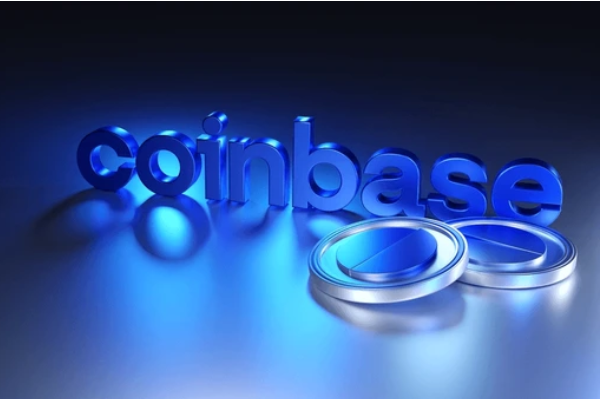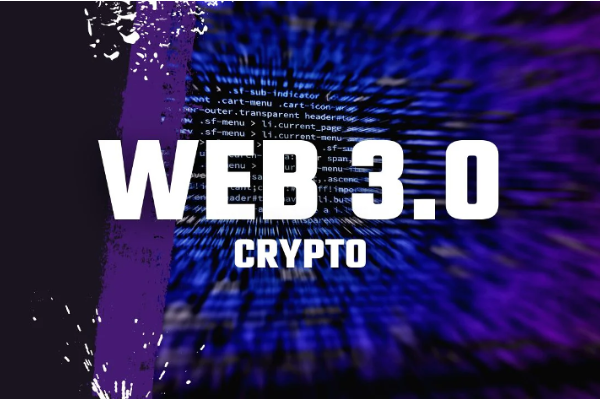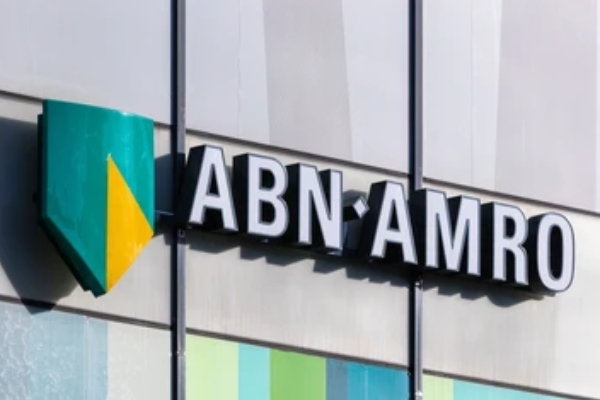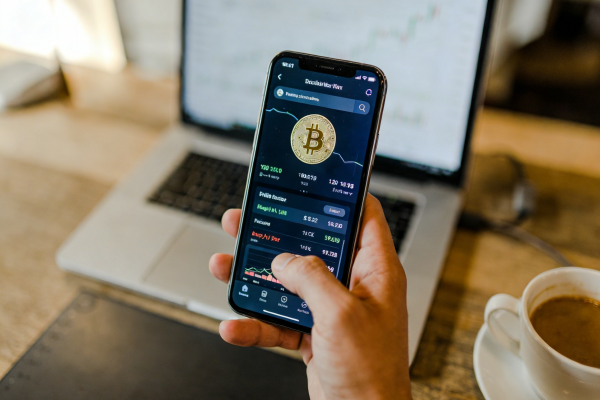Crypto exchanges’ live broadcast war: The next battle for users is starting in the live broadcast room
From the end of 2024 to the beginning of 2025, a seemingly "not very crypto" event occurred in the crypto industry: live broadcasting is becoming a new battlefield for major exchanges to compete for layout.
From Binance to Huobi (HTX), and then to Gate.io and Bitget, the live broadcast function is gradually evolving from a "icing on the cake" service to a strategic core for trading platforms to compete for traffic, activate communities, and bind KOLs. This is not a simple function upgrade, but a change in the underlying competitive logic of exchanges.
In this market driven by speed and emotion, live broadcasting is reshaping information flow, transaction chains, and community ecology.
The triple logic of live broadcasting in exchanges: traffic, conversion, and content moat In the past, the competition among crypto exchanges was mostly centered around infrastructure levels such as matching engines, asset security, and product innovation. However, as these "hard indicators" gradually converge, the differentiation between platforms has begun to shift to the "soft layer" - user experience, community atmosphere, and content ecology have become new battlegrounds.
Live streaming is a powerful tool to improve user retention. The natural shortcoming of crypto trading platforms is the "low stickiness" of users. Most users only stay for a short time after completing a transaction, and it is difficult to improve the platform's activity and lack a sense of community.
Live streaming can break this "static usage mode". It turns trading from a single-point behavior into a continuous participation process:
Users can watch, chat and trade at the same time to enhance their sense of participation;
Real-time market analysis and KOL interpretation can improve investment confidence and trading frequency;
The platform uses this to bind KOLs, expand community influence, and form a flywheel of content-community-trading.
Content is trading, and live streaming promotes "instant conversion closed loop" The core of the crypto market is information-driven: a tweet, an AMA, or even an emoticon package can become the detonation point of market sentiment. Compared with pictures, texts, videos and other forms, live streaming has a higher interaction density and transmission speed.
More importantly, the deep integration of live broadcast + trading has brought about a new product model:
Users can click "Recommended Currency" in the live broadcast room to place an order directly;
Support one-click copy trading and automatic strategy replication to achieve learning and investment;
Real-time linkage of data, signals and emotions to improve decision-making efficiency.
This makes live broadcast no longer just an "information dissemination tool", but a new paradigm of **Content-as-Trade**.
The battle for KOLs has escalated, and the content moat has emerged in the Web3 world, "traffic = consensus = assets". KOLs, creators, and communities are one of the most important non-standard assets of the platform.
The platform is deeply bound to KOLs through live broadcasts, making KOLs no longer just traffic entrances, but also a part of the exchange ecosystem:
Binance creates "Binance Square" to make KOLs content producers;
Huobi uses analyst live broadcasts to establish professional barriers;
Gate.io explores new social trading gameplay of live broadcast + copy trading + NFT.
Whoever can turn KOL into the "ecological node" of the platform will be able to take the lead in traffic and transaction conversion rate.
The three major exchanges have different live broadcast strategies ◉ Binance: Community-driven content platform Binance emphasizes the linkage between community and ecology in its live broadcast layout, forming a content flow around Binance Square.
Through AMA, new coin explanations, and market live broadcasts, a knowledge portal is built;
The KOL entry system cooperates with Launchpad promotion to create a "content + coin listing" synergy;
Users can ask questions and interact in real time to strengthen the platform's stickiness.
But at the same time, compliance issues of KOL recommended projects have also begun to emerge, and content thresholds and regulatory pressures coexist.
Huobi (HTX): Professional live broadcast based on transactions Huobi live broadcast focuses more on professional traders, led by a team of analysts, and focuses on contract strategies and macro interpretations.
Direct transactions can be made in the live broadcast room, emphasizing the smooth experience of "analysis-decision-ordering";
The content is mainly in Chinese, and it is deeply rooted in the Asian trading market;
Create an expert-oriented content matrix to improve the professionalism of the platform.
The disadvantage is that the interactivity is relatively insufficient and the content diversity is slightly limited.
Gate.io: Create a new species of "live broadcast + social trading" Gate.io's live broadcast tends to be a "socialized experimental field", striving to integrate live broadcast into the interactive logic of Web3.
Support user copy anchor strategy and promote community co-investment mechanism;
Introduce AI-driven market interpretation to improve content generation efficiency;
Link with NFT, chain games and other content ecosystems to broaden the boundaries of live broadcast.
However, the overall platform volume is not as good as Binance Huobi, and the influence of KOLs and content quality still need to be enhanced.
Trend Outlook: Will live streaming become a "standard feature" of exchanges?
AI-driven personalized live streaming recommendations With the accumulation of data and the development of AI, future platforms may be able to achieve live streaming recommendations for thousands of people:
On-chain active users recommend DeFi strategy interpretations;
NFT collectors push art live streaming;
Contract players are guided into high-frequency strategy rooms.
Live streaming will become an interface for intelligent recommendations and a prelude to trading behavior.
Exchange standardization: from "pilot" to "must have" At present, the live streaming function is still in the early exploration stage, but it has demonstrated a strong user conversion ability. Platforms such as OKX, Bybit, and Bitget are very likely to follow up quickly and connect live streaming as a standard function to the trading interface, becoming the "operating system component" of the next generation of exchanges.
The rise of decentralized live streaming With the improvement of Web3 infrastructure, decentralized live streaming protocols such as Theta Network and Livepeer will also become future alternatives. They focus on anti-censorship, transparency, and creator incentives, and may reconstruct the content distribution logic of existing live streaming.
For exchanges, this is both an opportunity and a challenge - how to strike a balance between centralized control and open content determines the future direction of the live broadcast ecosystem.
Conclusion: The end of live broadcast is content financialization Live broadcast is moving from an entertainment tool to a content financialization engine. It not only connects KOLs and users, but also connects information, emotions and trading behaviors, becoming a new gear to drive platform growth.
But the challenges of live broadcast are also obvious: content supervision, investment risks, manipulation disputes, lack of professionalism, these problems once handled improperly, will become a new "minefield" for crypto platforms.
For exchanges, live broadcast is an "offensive defense": it is necessary to seize the minds of users and to maintain the bottom line of supervision.
This new battle has just begun.









